Last week’s round -up;
30 August – 03 September 2021

New and Revised FDA Product-Specific Guidance
The US FDA has issued 23 new and 16 revised draft product-specific guidances which are intended to facilitate generic drug development, especially for medicinal products for which there are no approved generics. The newly issued guidance documents involve some products used to treat HIV, chronic obstructive pulmonary disease (COPD) and Cushing’s disease. Some of the new guidances for complex products cover ipratropium bromide nasal spray, ipratropium bromide inhalation spray and olodaterol hydrochloride inhalation spray. The FDA has also issued product-specific guidance for Type 2 diabetes drug semaglutide, which offers two paths to establishing bioequivalence.
Herbal medicinal products containing toxic, unsaturated pyrrolizidine alkaloids
The EMA has released a revised public statement on the use of herbal medicinal products containing toxic, unsaturated pyrrolizidine alkaloids (PAs). The document also includes recommendations regarding contamination of herbal medicinal products with PAs. Several PAs are regarded as both hepatotoxic and carcinogenic and are natural constituents of a number of plants used for medicinal purposes. This guidance describes chemical, toxicological, pharmacological and pharmacokinetic properties of PAs and sets out recommendations for the oral and cutaneous use of herbal medicinal products and traditional herbal medicinal products containing PAs. The revised public statement is a result of a review of newly available data and improved evaluation methods.
MHRA Guidance on Transfer of Analytical Methods
The MHRA Inspectorate has released new guidance for manufacturers and contract testing laboratories related to the process of transferring a method for outsourcing of testing. The Inspectorate has highlighted that the new guidance complements the requirements of EU GMP Chapter 7. The new guidance covers the formal process for the introduction of new methods which allows the receiving laboratory to demonstrate that they can perform the analytical method effectively and reproducibly. It also highlights that regulatory compliance is a shared responsibility between the transferring and receiving laboratories and a collaborative approach is encouraged. The MHRA has also recommended the use of risk management principles for analytical method transfer and the generation of a transfer report following a successful or even unsuccessful method transfer. A list of common shortcomings related to analytical method transfer is also included in the guidance.

